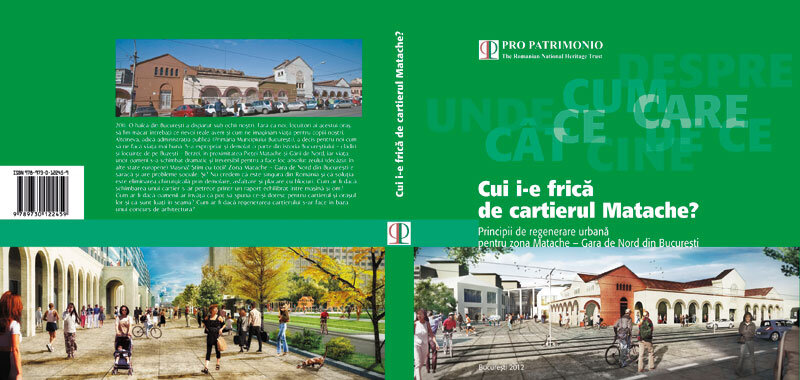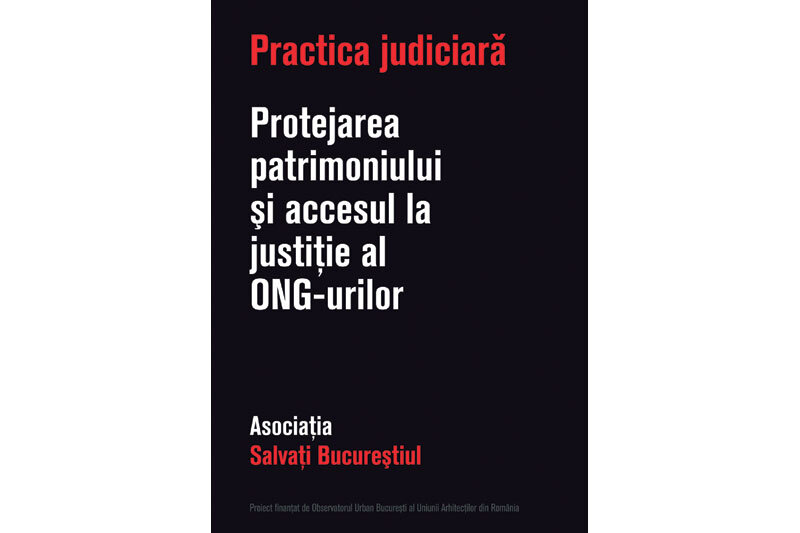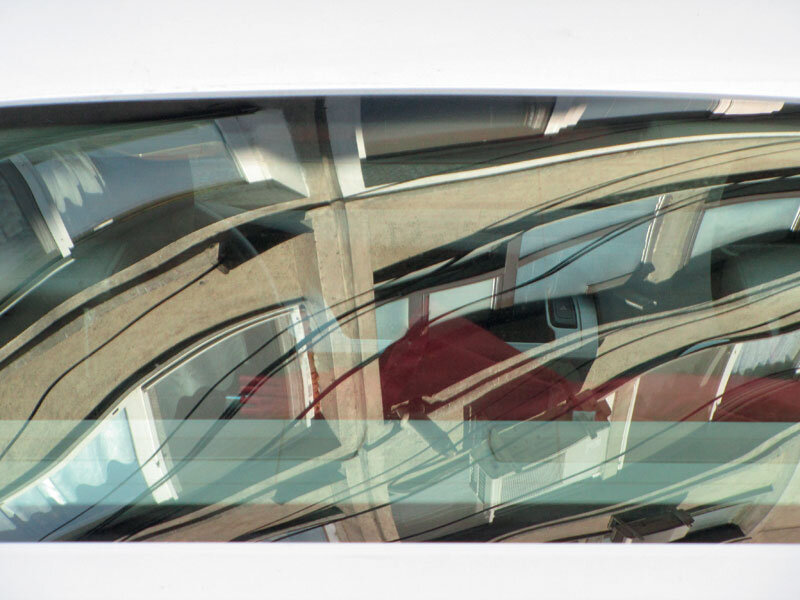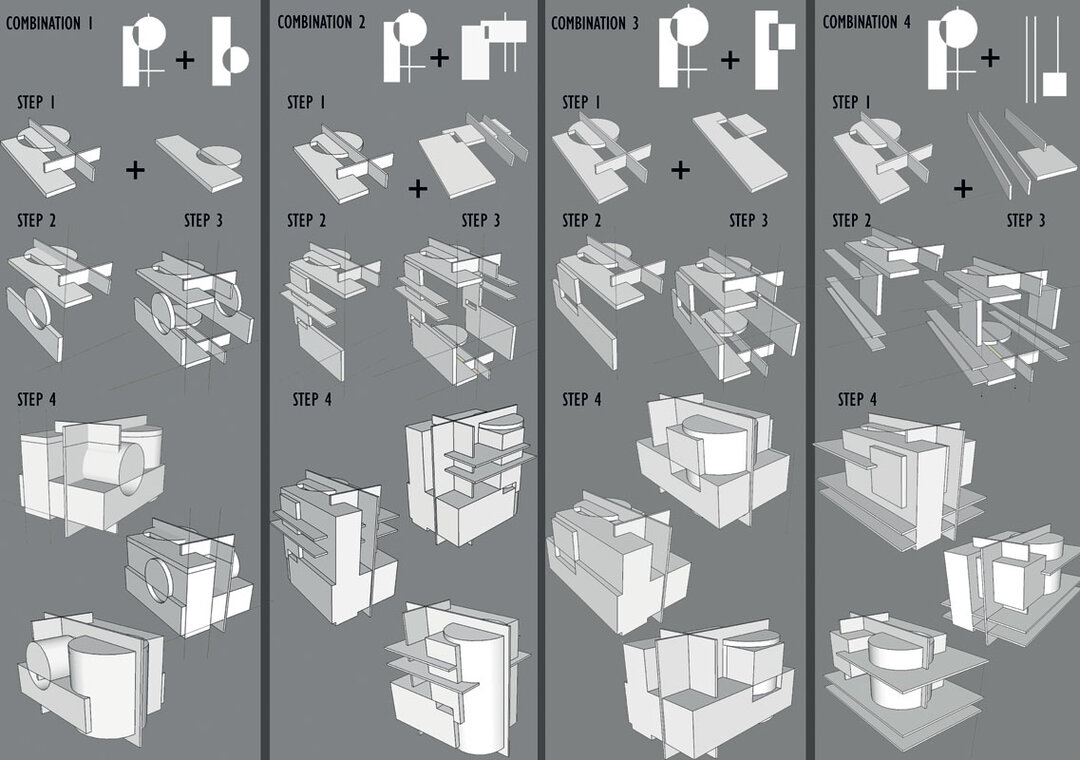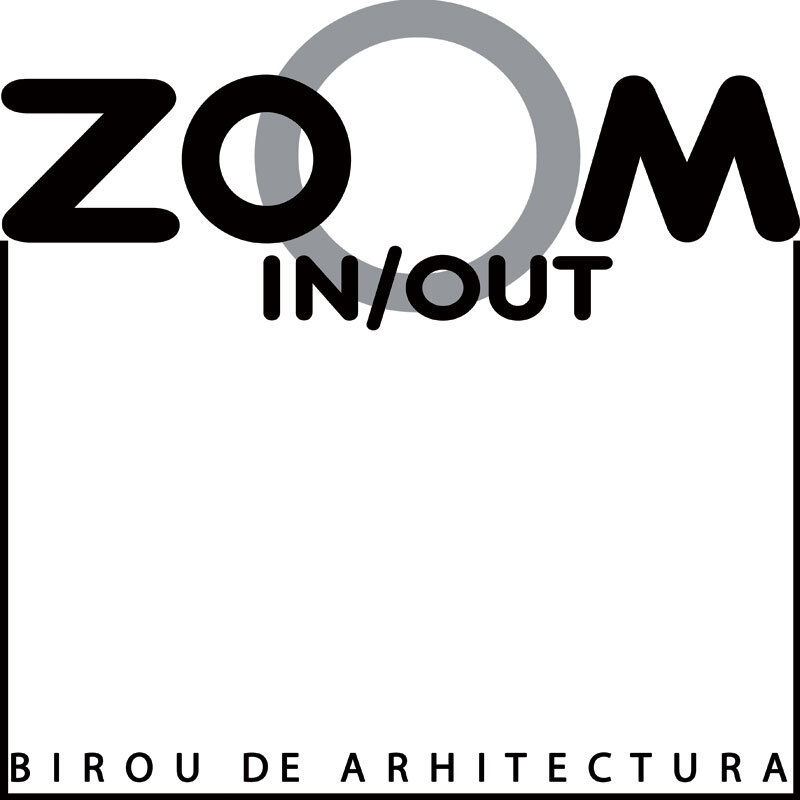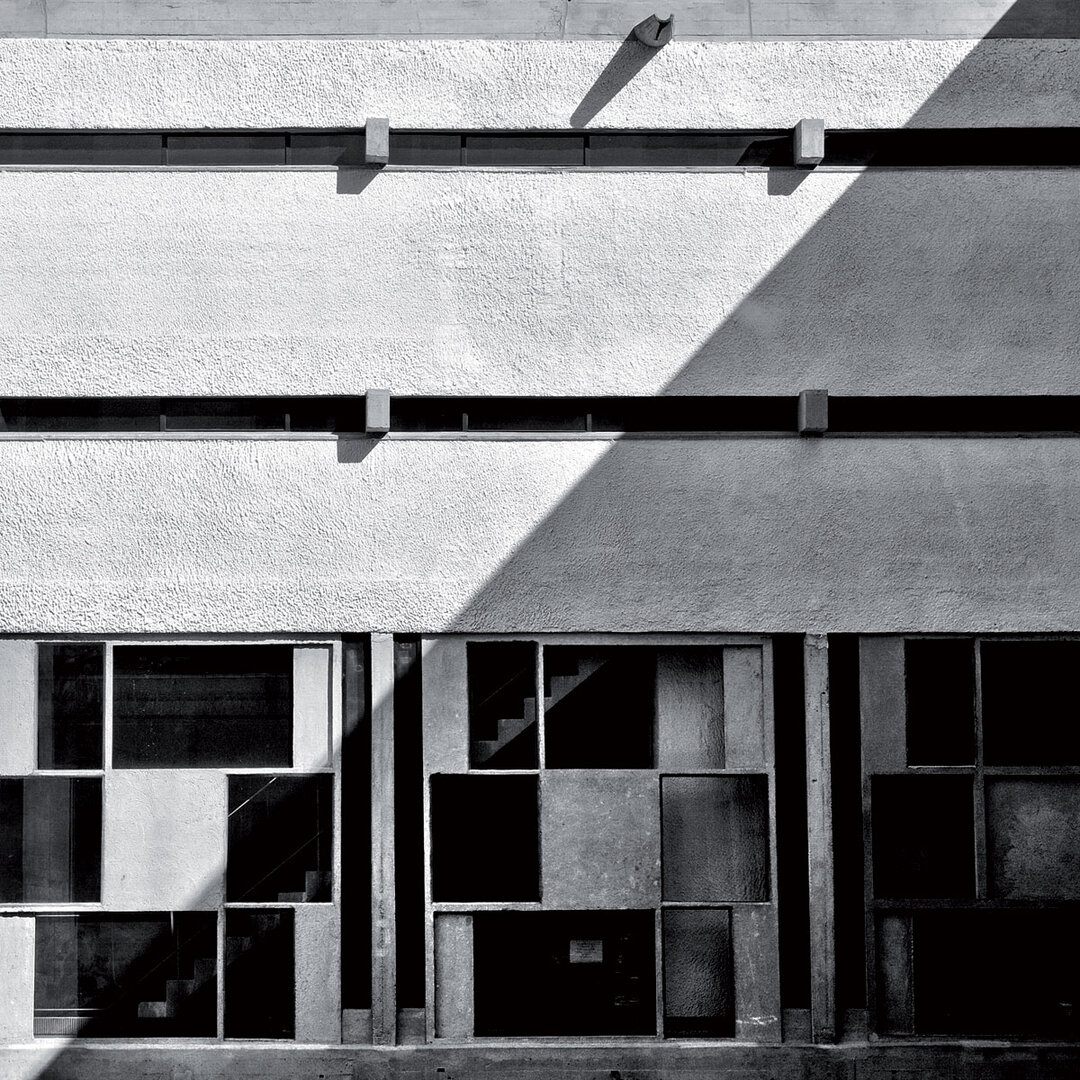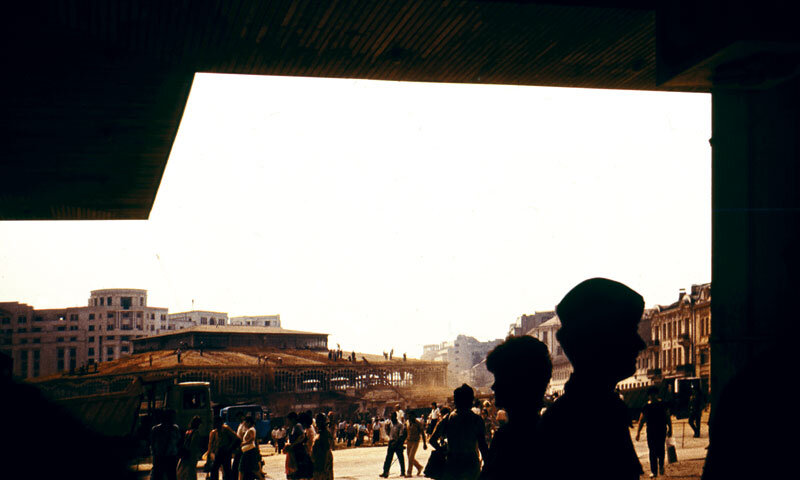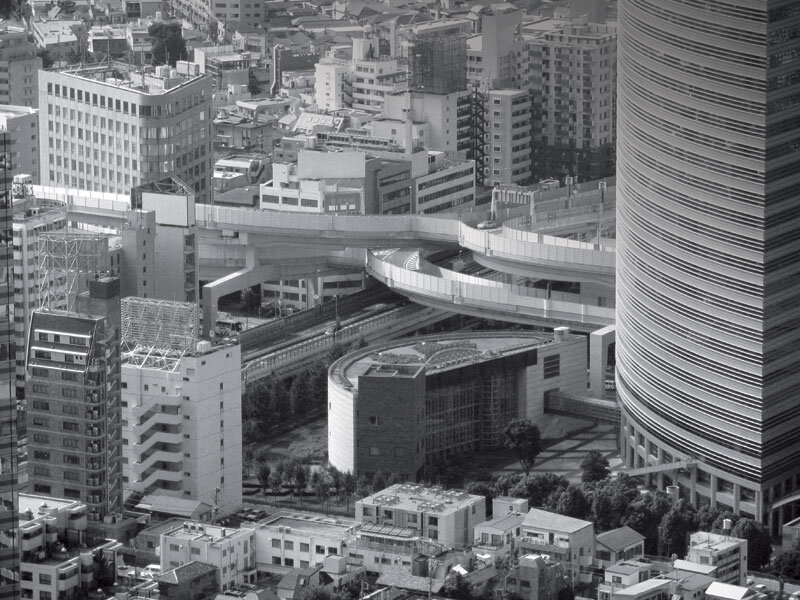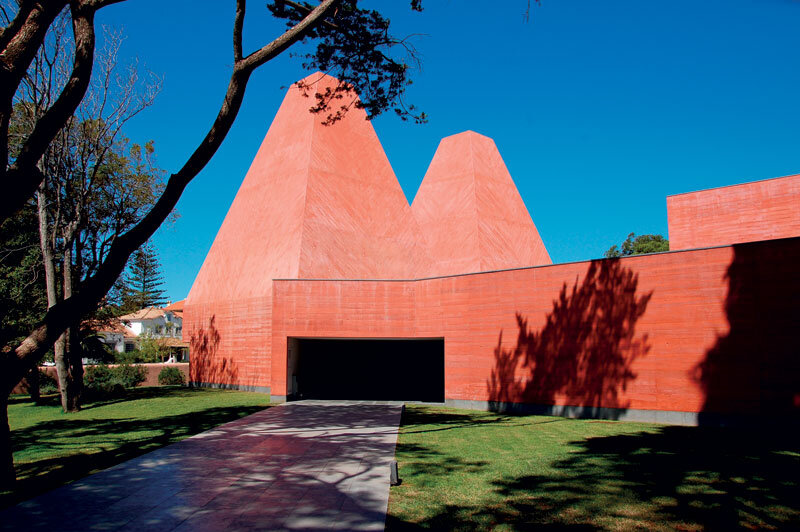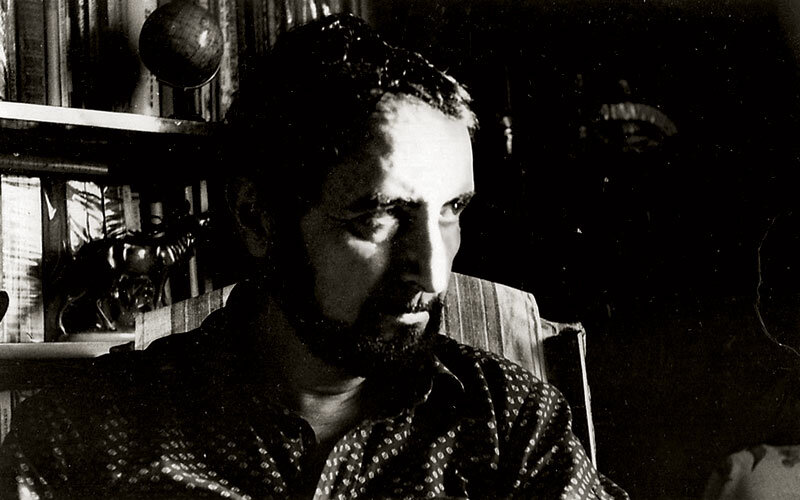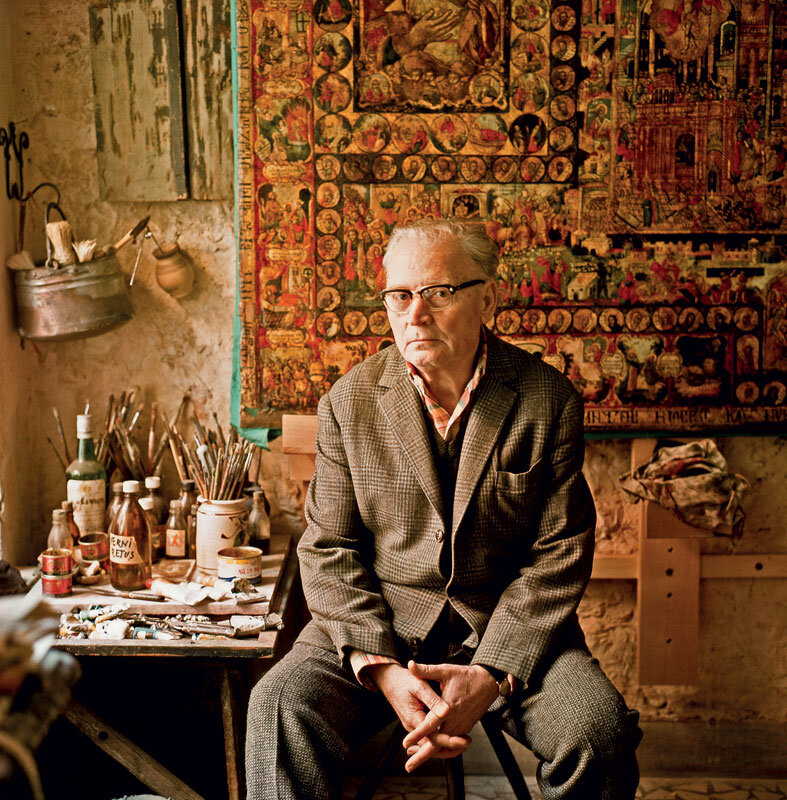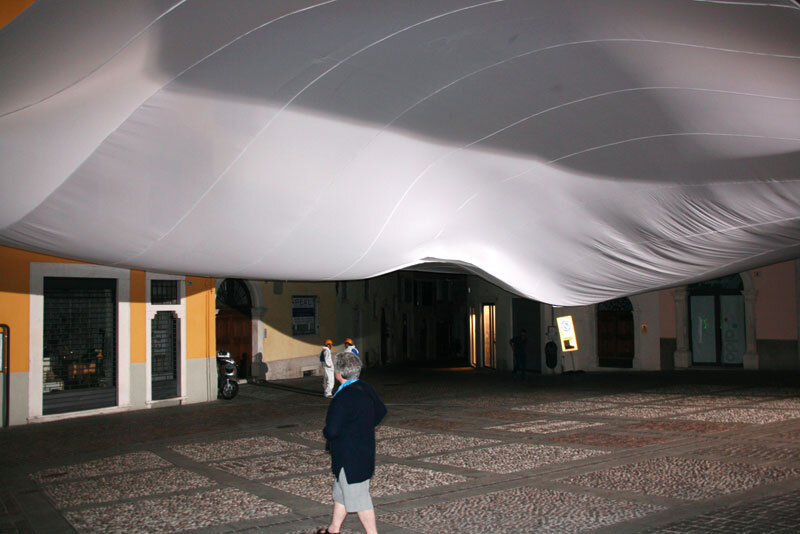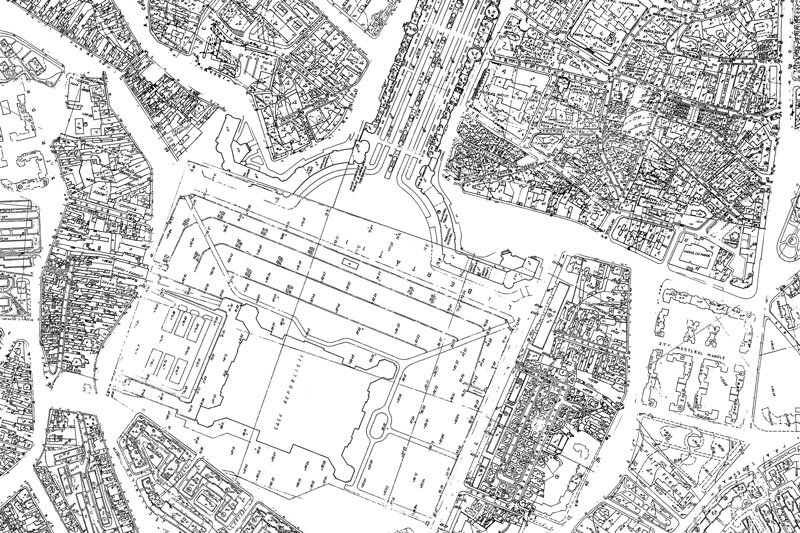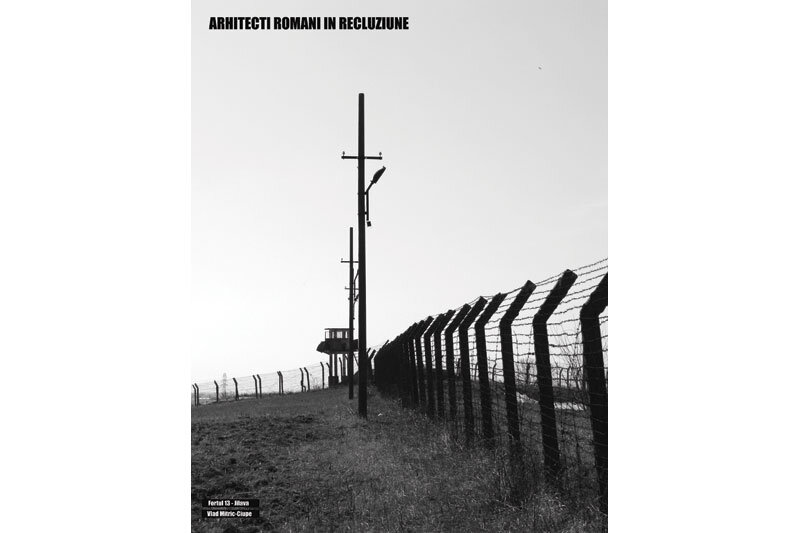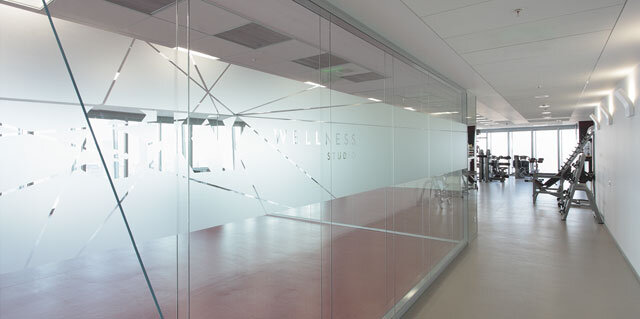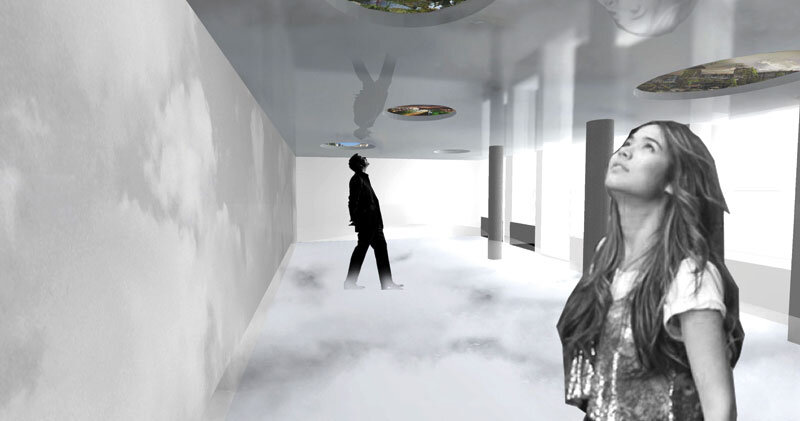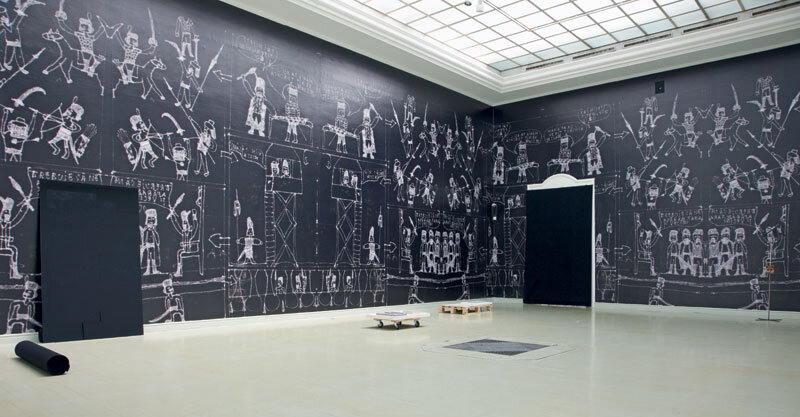
4 houses transformed in Timisoara
In the face of the devastating onslaught of the so-called modernizations of the last twenty years, which have not only been sweeping Timișoara, but the entire Romanian space, we find unique examples of buildings that refuse the emphatic and baroque style in favor of a language carefully calibrated to genius loci.
Situated at the discretion of the tectonic and cultural fault lines on whose demarcation line it lies, Timișoara has lived its history following a perpetual cycle of destruction and reconstruction. The Roman fortress, briefly transformed into the capital of the Hungarian kingdom in the Middle Ages, reconfigured by the Ottomans for two centuries into a veritable oriental city, underwent its last radical transformation following the Austrian recapture. It was then that the present character of the city was established, a character recognizable in the Baroque urbanism and architecture of its squares and streets. The austere, austere style of Austrian Baroque, born out of an ethic of military and economic efficiency, is experiencing a double revival in the city's contemporary architecture. On the one hand, we are witnessing a highly debatable revival of the 'Banat Baroque'1, loudly and emphatically expressed in a growing number of inter-war modernist buildings that have been stylistically mutilated by being transformed/'upgraded' from villa to palace. A simple stroll through the city center highlights the scale of the disaster of recent years. At this very moment, perhaps the city's most beautiful mansion, built by the imperial florist Wilhelm Mühle in the 19th century, is being 'restored' by demolition at the behest of a beneficiary completely alien to the city's cultural values and the 'care' of a disinterested and powerless administrative apparatus. On the other hand, the poor character of the Austrian Baroque is visible today in the architectural language of several young architects from Timișoara who reaffirm the values of austerity and efficiency specific to the architecture of the early settlers of the Banat region.
The four houses proposed for analysis in this brief dossier, different in approach and appearance in time, were selected primarily because of their common DNA. All these interventions have as their starting point a typological house on the outskirts of Timișoara, based on a floor plan built exclusively on the ground floor, with two large rooms facing the street and service functions towards the courtyard. Another feature they have in common is that they are the product of a young generation of architects, up to 40 years of age, who trained in this discipline, taking as a reference example - among others - the successful remodeling of the Herczeg House. This iconic object of Timișoara's architecture, realized in the early 2000s by architect Radu Mihăilescu, is a landmark in time, a marker from which it is worth analyzing the evolution of subsequent transformations. If, positioned only a few dozen meters away from the Herczeg House, the Șelariu House, through its volumetric and detail articulations, follows a line in common with the example, the Godeanu House remodels the existing volume using a new expression, with few, sincere and carefully studied details, which emphasize in particular the interior qualities of the old structure. The attic of the Miclăuș House, on the other hand, generates a complete enveloping of the object, in a language born as if from the special atmosphere of the wild garden surrounding it. The Moza House, as a last example, proposes a hidden, introverted architecture, following a living ethic close to the Protestant space.
It is, in this sense, a protest by both the beneficiary and the architect against the baroque spirit of the new bourgeoisie. The quality of the design, evident from the house's red construction details, supports the sachlich discourse of the materials and surfaces, which successfully make up for the lack of luxurious furnishings.
1. Pejorative definition of the stylistic stylistics of the palaces of the Roma minority in the Timișoara area. These houses, unlike in the rest of the country, are "disguised" by the architects who authorize them with stylistic and morphological elements specific to classicist or neo-Romanesque architecture.

